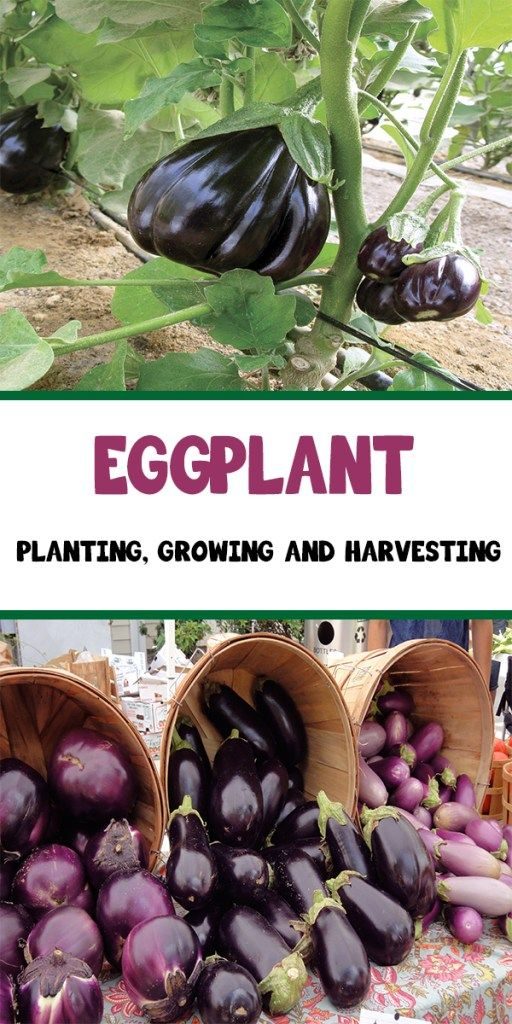Eggplant – Planting, Growing and Harvesting
Eggplants come in an assortment of sizes and colors, but no matter what they look like, they are delicious! I’ve sliced them thin and used them in place of lasagna noodles, mashed them up with garlic and butter as a side dish, and I’ve grilled thick circles of eggplant to eat like a burger.
Eggplant is one crop I cannot do without in my garden! If you’re thinking about trying your hand at raising some, check out these tips for planting, care of, and harvesting eggplants, as well as some tidbits on a few pests you will need to lookout for.
How To Plant Eggplant
If you don’t purchase plants from a local nursery, start the seeds indoors at least 2 months before the soil begins to warm up. They don’t do well in the cold, since they are more of a tropical plant. Place your seedlings about 2 feet apart. Pinch off the very top of the plant to make it grow a bit bushier.
How To Care For Eggplant Plants
Any plants that grow to be more than 2 feet tall will need to be staked. Giving them support will prevent them from falling over as they mature, especially once the eggplants begin to form. Plants will need plenty of water and even a bit of fertilizer every couple of weeks will help. They seem to really like tomato food!
How To Harvest Eggplant
Between 16 to 24 weeks after planting, your eggplants should be ready for harvest. Using a sharp knife or pair of scissors, cut the fruit with about an inch of the stem being left on. Don’t let them get too big or else they will be very bitter. Yuck!
Eggplants can be stored in a cool dark place for up to 2 weeks. If you have freezer space, you can also slice eggplant up and freeze it for 9 months in a regular, self-defrosting freezer or 14 months in a deep freeze.
Pests That Attack Eggplant Plants
A few of the most common pests attacking eggplant leaves are; aphids, spider mites, and tomato horn worms. Due to the heavy watering they need, eggplant crops are also susceptible to powdery and downy mildew.





Leave a Reply